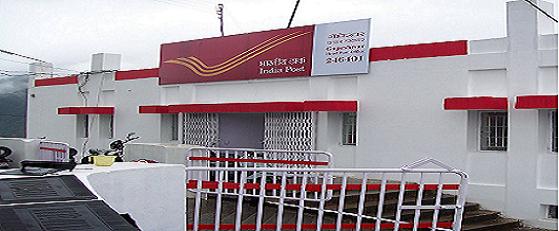- Articles ›
- Operations and IT ›
- Indian Postal Service Operations - Connecting India Articles
Indian Postal Service Operations - Connecting India
The world has progressed in leaps and bounces during the last few decades of the 20th century and the beginning of the 21st century. Innovations, technological advancements, breakthrough products etc have all made life extremely easy. Today, if we want to hear someone’s voice, we can call anyone from our mobile phone or from our landline. If we want to send an invitation or details of a document, we send it via email or sms. Thus, communication has been made extremely easy as people today can video chat, send emails and be constantly in touch with their loved ones. But all these luxuries remain limited to mostly the urban population in India. And for the majority of the population, the lifeline of communication is still the Indian Postal Service.

The Indian Postal Service, which was started in 1764, is an envy for the people who admire the concepts of management worldwide. Managing the vast amount of workload with an employee base of over half a million employees and serving a nation of over 1.2 billion across diverse geographic terrain, is no less than an operational phenomenon. The Indian Postal service system is the largest and the most extensive system in the world which has over 150,000 post offices. In fact, post office are still the only way almost 50% people in India communicate with each other as electricity and telephone facilities still elude the rural areas.
For management of such a huge country with diverse geographies, cultures and varying population concentration, the entire nation is divided into 22 postal circles. Each one these circles is governed and observed by a Chief Postmaster General, who has the ultimate authority in that circle. The circles are further divided into field units called division for better man management and to avoid any mismanagement. Apart from these circles, there are special provisions for the Indian armed forces, which is known as the Base circle. Thus, division of work, with a decentralized framework helps in better coordination in reaching out to all the people across India.
The portfolio of services which the Indian Postal service offers is huge. Apart from regular mails and telegrams, the Indian postal service gives the citizens an option of international registered post, speed post, parcels, business post, media post etc. Logistics post is also another service which helps people send across parcels which includes logistical infrastructure, distribution through Indian railways, roadways or airways, storage and warehousing. Also, the beauty of the Indian Postal service is that in the centuries of its existence, it has always managed to reach to the right person in the right place at the right time. Indian postal services are one of the best examples of operation viewpoints like just-in-time. Due to its extensive reach and high accuracy rates, Indian Postal service also includes services like postal life insurance, e-payment, money orders, international money transfer and other financial services.
With more and more information technology in our lives, the rules by which people communicate are changing by the second. The world is becoming smaller as people are getting easier and better ways to be in touch with each other. However, for the huge population who are less privileged as far as telecommunication facilities are concerned, the Indian Postal service is the link which helps them to stay connected to their loved ones.
The article has been authored by the editorial team. The content on MBA Skool has been created for educational & academic purpose only.
If you are interested in writing articles for us, Submit Here
Share this Page on:
What is MBA Skool?About Us
MBA Skool is a Knowledge Resource for Management Students, Aspirants & Professionals.
Business Courses
Quizzes & Skills
Quizzes test your expertise in business and Skill tests evaluate your management traits
All Business Sections
Write for Us